On This Day…January 30th
British soldiers examine a downed German bomber on the morning of 30th January 1941 during the blitz on London.
U.S. air policemen take cover behind their jeep as they come under sniper fire near Da Nang Airbase in Vietnam on January 30th, 1968 after it was hit by a rocket barrage. In the background you can clearly see the flares light up the Da Nang area to make it easier to spot infiltrating soldiers.
The story of the Wilhelm Gustloff is a tragedy without peer in the entirety of maritime history. Consider the historical significance and drama of the loss of 1,517 souls in the sinking of the Titanic, and compare this with the unimaginable figure of 9,600 deaths in the freezing waters of the Baltic Sea on January 30th, 1945.
The Wilhelm Gustloff was originally intended to be named the ‘Adolf Hitler' but the name was changed after Hitler sat next to Gustloff's widow at her husband's memorial service after his assassination in 1936. Gustloff was de facto the head of the Nazi movement in Switzerland and was shot dead by a Croatian (Jewish) medical student due to his extreme anti Semitic propaganda and publications. The assassin, David Frankfurter, was sentenced to 18 years in a Swiss prison, but pardoned at the end of the World War II. The ship herself was a luxury liner intended as a propaganda tool for the German Labor Front, it's purpose to dilute and soften the Nazi doctrines with cruises, school trips, and concerts for workers and their families.
When war broke out the Gustloff was converted to a hospital ship, but over time she lost this status due to the fitting of anti-aircraft guns. In the beginning of 1945 she was part of ‘Operation Hannibal', a massive evacuation of German nationals from Polish territories in the face of the advance of the Red Army.
On the day of January 30th, the Gustloff left Danzig (now Gdańsk) at 12:30, not knowing she was being stalked by Russian submarine S-13. The Gustloff loaded 10,582 people aboard on a ship designed to hold 2,000 crew and passengers.
At 21:16 and with air temperatures of -18 C and ice flows on the water, S-13 slammed three torpedoes into the Gustloff's port side. The first torpedo struck Wilhelm Gustloff's bow, where off-duty crew members were sleeping. The second hit the ship's drained swimming pool, acting as accommodation for the women's Naval Auxilliary, causing heavy casualties; only three of the 373 quartered there survived. The third torpedo was a direct hit on the engine room and the ship sank within 40 minutes.
The ‘Hansa' liner ship (below) left with the Gustloff, but developed technical problems and turned back, if not for which, the death count could have been even greater.
Due to freezing davits, only nine lifeboats could be released and of the boats attending the rescue attempt, they picked up less than a thousand survivors.
The captain of the S-13, Alexander Marinesko, was in the process of a court martial investigation due to chronic alcohol problems and being found in a brothel with his crew. Only 11days after the sinking of the Gustloff, Marinesko and S-13 sank another liner under Operation Hannibal, the SS General von Steuben, with the loss of over 4,000 lives.
(SS General von Steuben)
Marinesko was posthumously named a ‘Hero of the Soviet Union' by Mikhail Gorbachev in 1990.
To coincide with the celebrations of 10 years of Nazi power, the first British daylight raids over Berlin took place on 30th January, 1943. Mosquitoes carried out two attacks timed to disrupt speeches being delivered by Reichsmarschall Hermann Göering and Joseph Goebbels, the Third Reich's Propaganda Minister, at the Haus des Rundfunks (Broadcasting House).
The first, in the morning, comprised three Mosquito B Mk. IVs from 105 Squadron, which carried out a low-level attack on headquarters of the German State broadcasting company, at 11:00, when Göering was due to address a parade commemorating the 10th anniversary of the Nazis' gaining power. It was an hour before Göering could finally take to the lectern, reportedly “boiling with rage and humiliation”.
The mission betrayed Göering's claim that “enemy aircraft would never fly over the Reich”. Later the same day, three Mosquitoes from 139 Squadron went to Berlin to attempt to interrupt a speech by Goebbels, and once again bombed at the exact time he was meant to start speaking, 16.00, although this attack was not as effective.
Only one aircraft was lost during these raids. Mosquito DZ367 GB-J (below) of 105 Squadron, flown by Squadron Leader D.F. Darling, was shot down near Altengrabow, with both Darling and his navigator, Flying Officer William Wright, being killed.
Goering quote after the attack, “In 1940 I could at least fly as far as Glasgow in most of my aircraft, but not now! It makes me furious when I see the Mosquito. I turn green and yellow with envy. The British, who can afford aluminium better than we can, knock together a beautiful wooden aircraft that every piano factory over there is building, and they give it a speed which they have now increased yet again. What do you make of that? There is nothing the British do not have. They have the geniuses and we have the
nincompoops. After the war is over I'm going to buy a British radio set -
then at least I'll own something that has always worked."
The next three images are of a personal nature. Our own Gary Wiley (@wiley2770) sent the photos of his mother-in-law's WW2 war ration stamp booklets - with some stamps left in it! On the front cover, it notes that she was 9 years old at the time. Printed on This Day as it's her birthday. Thanks, Gary.
A Lancaster bomber of No 1 Group, RAF Bomber Command, over Hamburg, Germany, night of 30th January, 1943. To me, this photo brings home the sheer scale of terror (in every respect) that attended these raids.
USS Wisconsin (BB-64), in the latest of a series of photos of Iowa Class Battleships in these posts. Here she is seen bombarding targets in North Korea, 30th January, 1952.
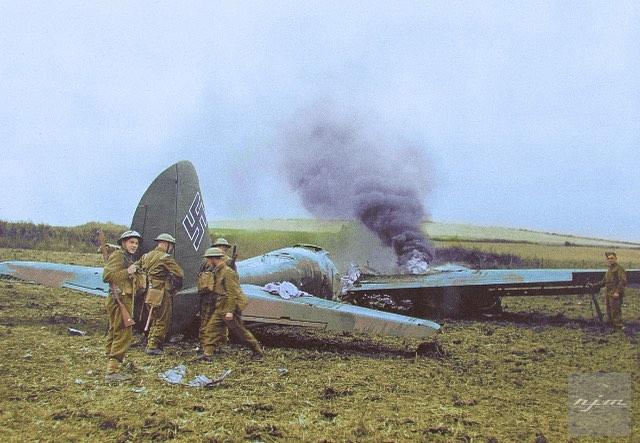
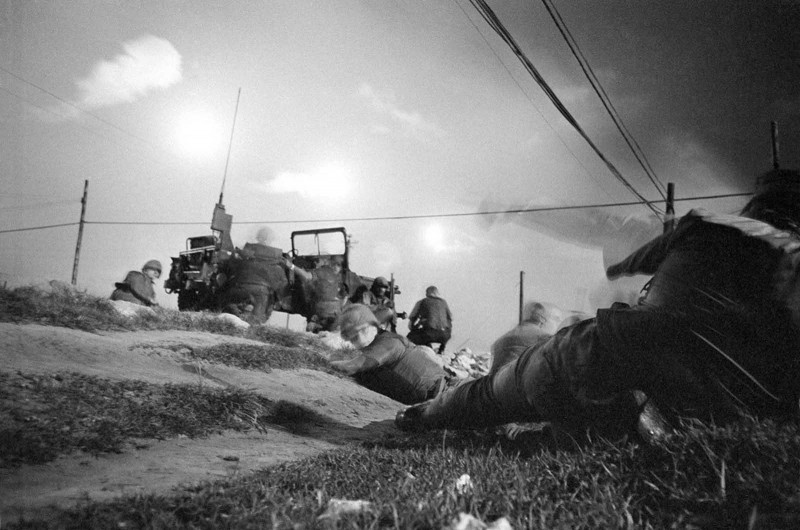
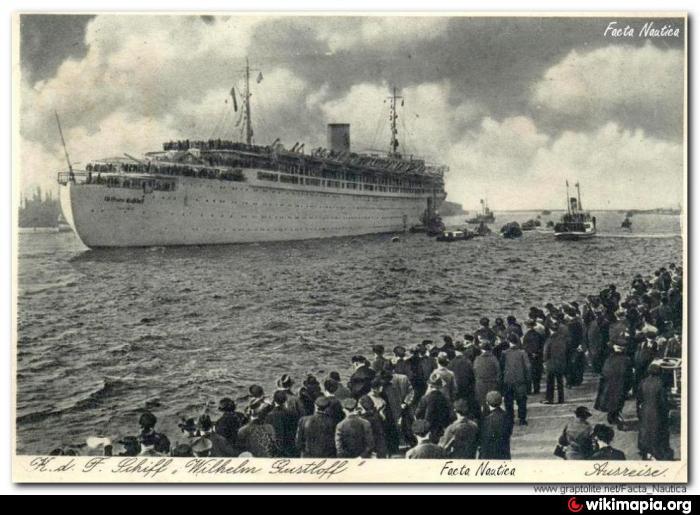
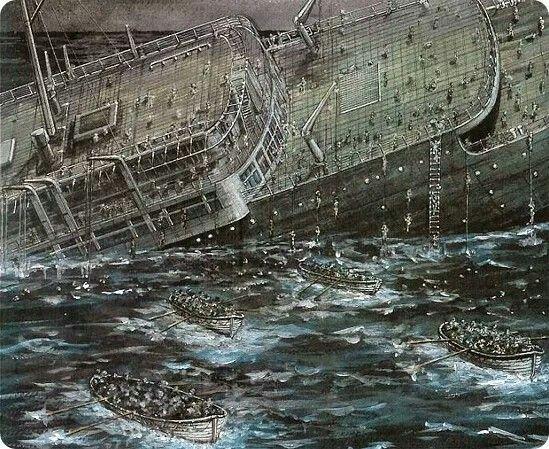


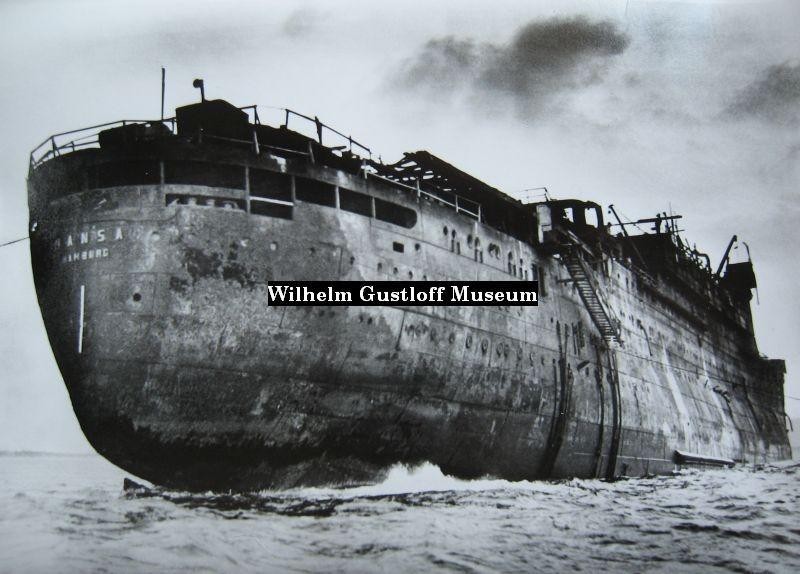
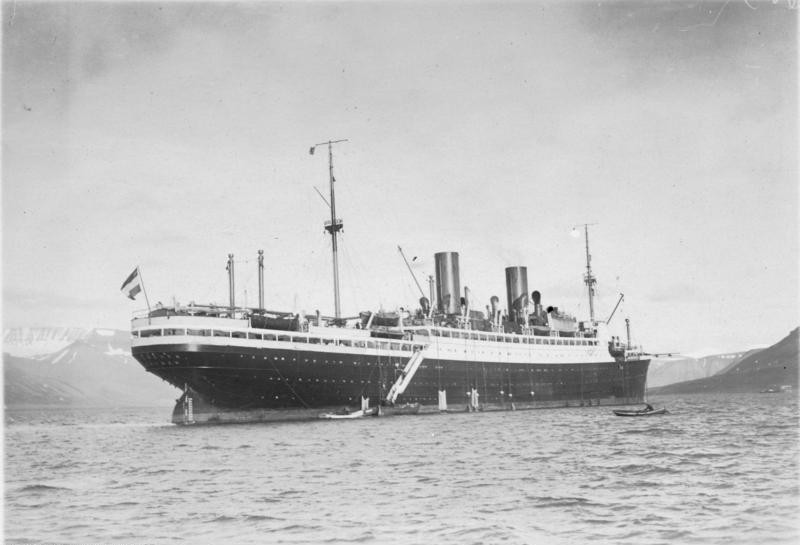
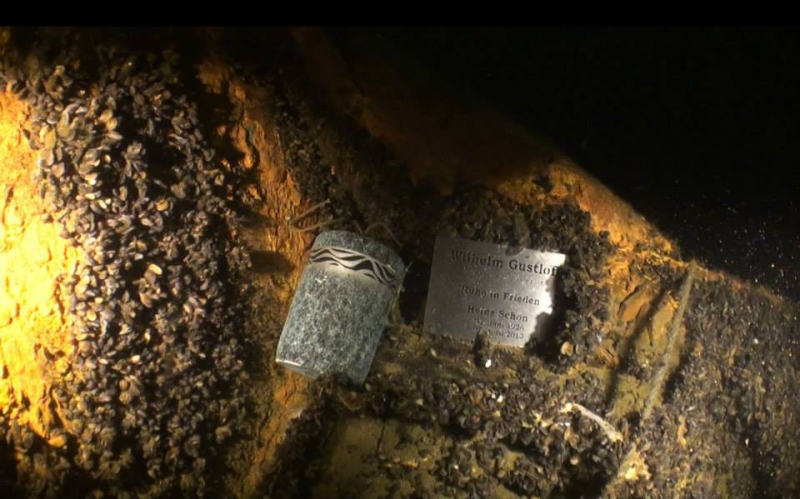

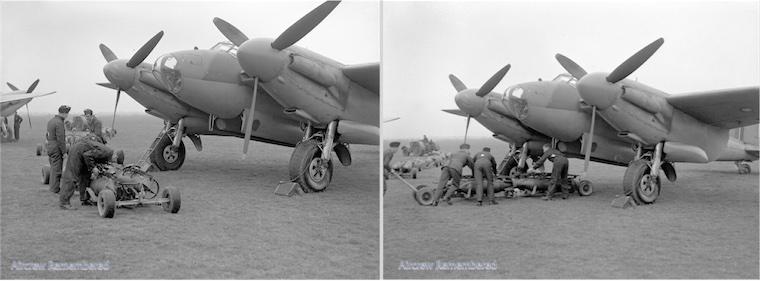
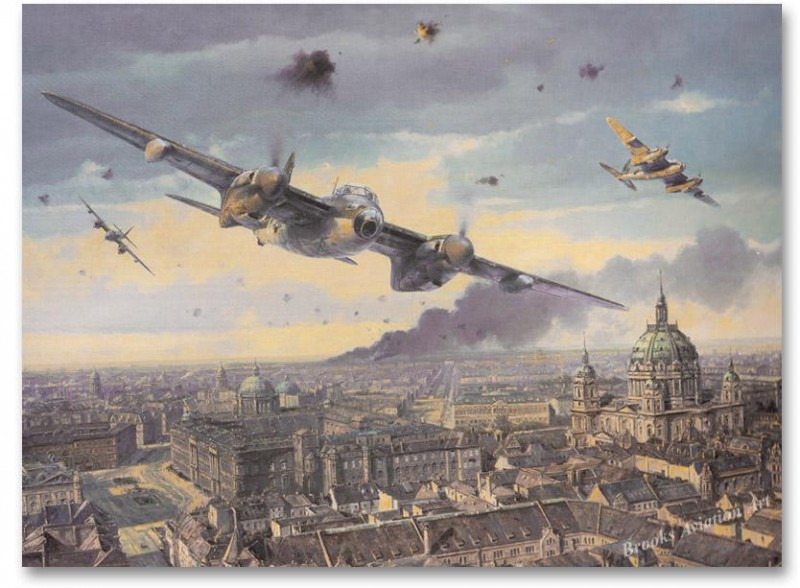
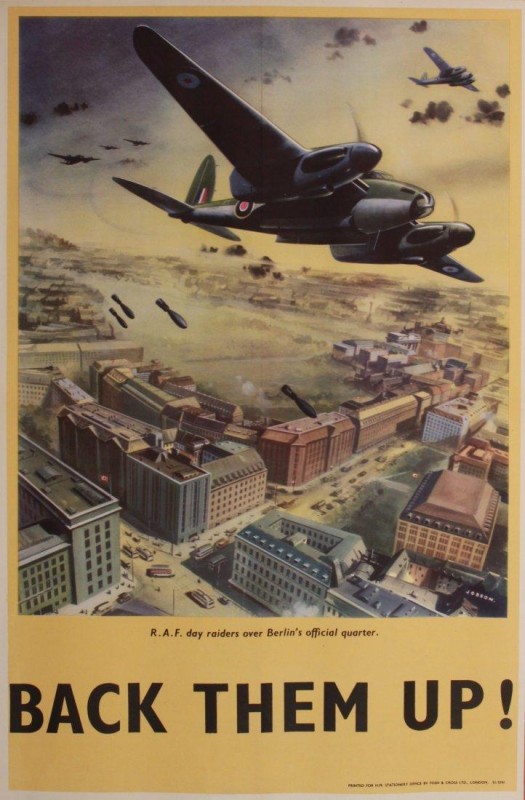
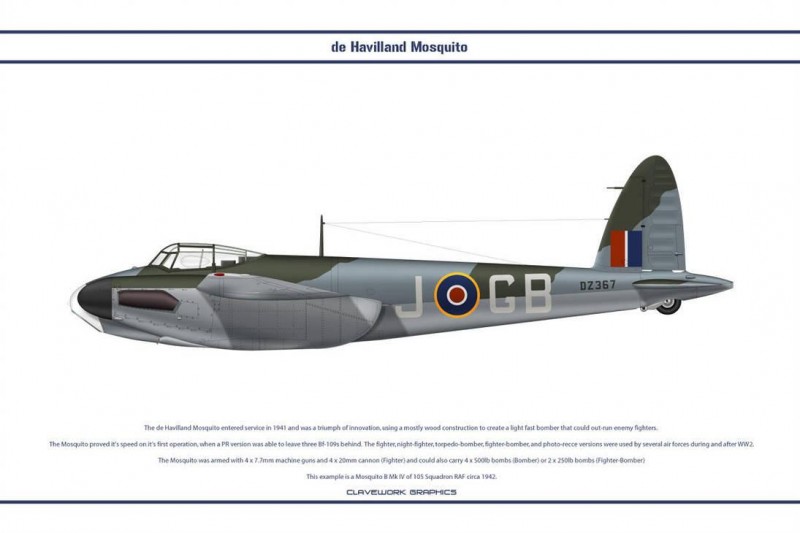
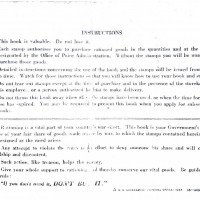

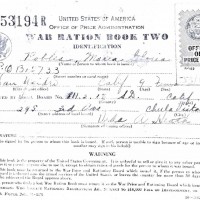
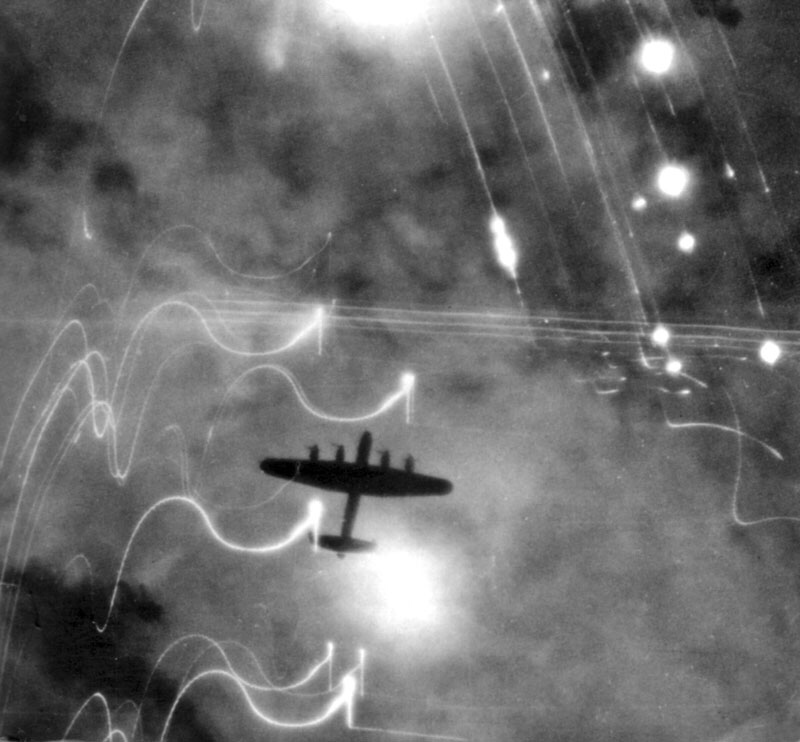



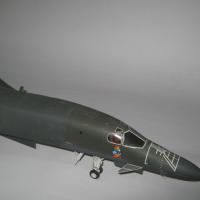
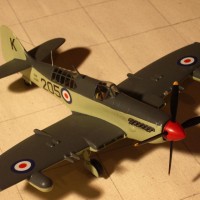
Always makes you think.
Thanks, Anthony. The more you delve into any stories, the further you debunk the stereotypes and traditional narratives. The same is just as true of themodern era, and especially so with the ‘advent’ of fake news, which is clearly just a different take on propaganda.
Anything that makes you think has to be a good thing, especially in these days of (mis) information.
David, I am so up my neck at work that my productivity at the bench has hit a new low! My replies to
Posts are also very limited. I just wanted to say that I read every one of these - they are fascinating - not least because you always, somehow, manage to cover new ground. I’d imagine that only the most venerable/committed on here could claim to have any knowledge on some of the subjects of your entries! Thanks for giving us something to look forward to every day!
I hear what you are saying about work, Paul. If not for this series I think if go a little mad; my commute is just horrible and that’s when I do a lot of the cross referencing of images and stories.
I appreciate your post, it means a lot that people like you whom I very much admire in terms of modeling would take the time to read what essentially is for me a happy pastime.
Cheers.
Hello! David, wonderful daily wrap-up, as usual. Like Paul, I haven't been on this site as much lately, but i ALWAYS read your "This Day ... " series. Usually it's the first post I read when catching up.
Thanks!
You are a gentleman, Jeff. Thank you.
Another nice set David.
Like the Heinkel at #1.
What is the ship at # 7 - the name on the stern suggests 'Hansa'?
Hi David. The ship is the ‘Hansa’. I have added a little to talk about her; she was another liner sailing with the Gustloff, but had engine problems that forced her back into port.
Thanks for supporting the series, David.
Great Work and a sobering photo David - it looks as though she came to a similarly unhappy end!
Great post David, real good.
Appreciate your post, Marc, it means a lot to have have your support.
Wow, full slate today David. Great stuff, as usual. I wasn't familiar with the Gustloff, but thanks to this series I now have something else to dig into. Thanks for remembering my MIL's birthday.
Gary, it’s strange how some days you struggle to find anything of note happening on a specified day, yet others you leave great material out due to so much happening. I suppose it mirrors that whole quote about war being 90% boredom and 10% sheer terror.
Love the Mosquito posters. Liked a lot.
Julian, those posters were in direct response to the daylight Berlin attacks, I suppose they were Britain’s equivalent of the Doolittle raid.
Very interesting post , David. What exactly makes your commute so horrible ?
One of your best posts, David. remarkable.
Thanks, David. Always appreciate you dropping by in these parts: like finding a ten dollar bill in the pocket of your jeans.
Fascinating stories! I can't wait to read these snippets from history on a daily basis. Keep it up David!
Rob, the short version is, overcrowded, often late, often cancelled trains into London - and then having to use the tube system when I get into town, again, too many people and not enough infrastructure -
Thanks again for dropping by, Robert.
Sounds like NYC's subway. Before I retired I drove on what is called the Belt Parkway, which skirts southern part of Queens and Brooklyn, at certain times it's like a parking lot.